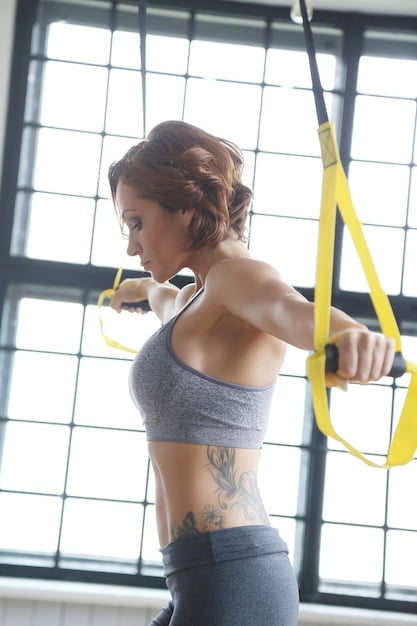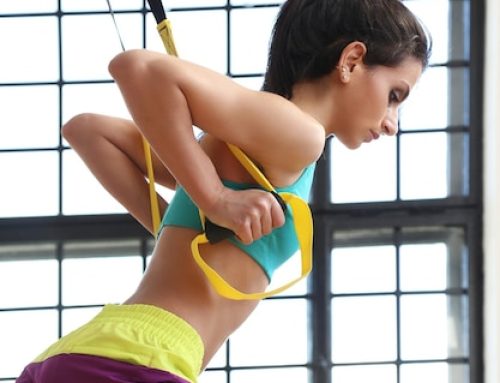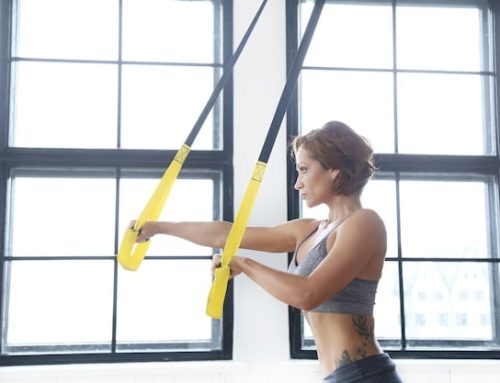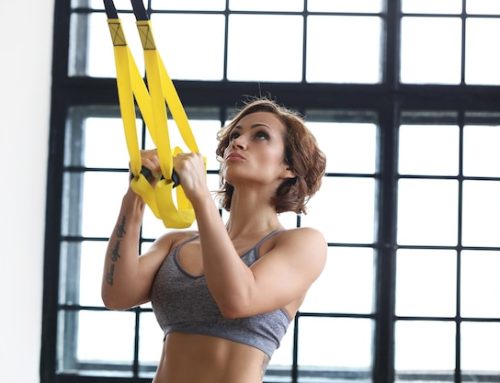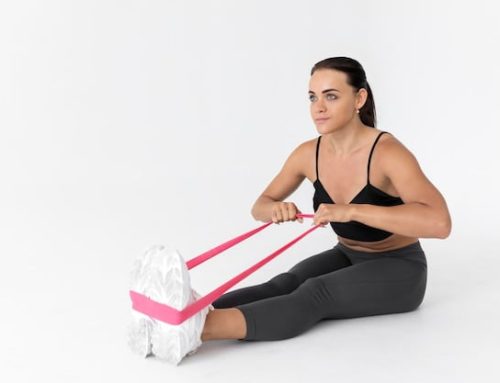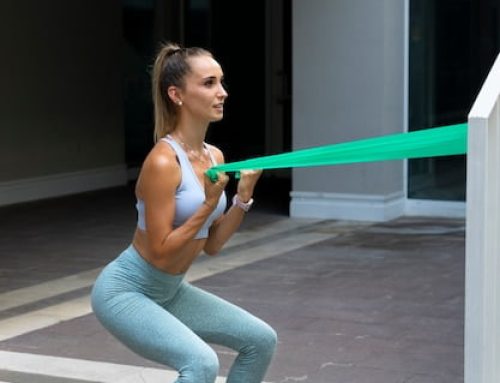The Benefits of Resistance Band Training
Resistance band training has become increasingly popular over the years, as it provides a versatile and low-impact way to build muscle and increase strength. Most people choose to do band exercises because of the satisfactory results, allowing them to build a great physique, improve their fitness, balance or simply slim down their entire body. So what are the benefits of this type of exercise?
Among the most important are:
- They replace heavy equipment such as dumbbells, barbells or other weights that we can’t take everywhere with us
- They strengthen muscles and contribute to muscle building
- They can be used for a wide range of purposes such as training in the gym, fitness, crossfit, Pilates or general training
- Due to their small size, you can take them with you to various places, including travel, training at home or outdoors
- They are attractively priced and widely available
- They engage lower and upper muscles, as well as deep muscles that are not activated during normal training.
What muscle areas can you exercise with bands?
Resistance bands are gaining in popularity. Because of the wide range of possibilities for using resistance bands, training with them affects all parts of the body, depending on the exercise you do with the bands. This means that we can train the lower and upper body parts, e.g.: back, thighs, buttocks, arms, shoulders, abdomen, back, etc. Muscle parts of our body, starting from the top, are divided into: shoulders, chest, back, biceps, triceps, abdomen, buttocks, quadriceps, sciatic and knee (back of the thigh), adductors of the thigh, calves.
Thus we have a division into 7 parts. As you can see, a whole week should be devoted to training each individual part. Unfortunately, not everyone is able to spend so much time exercising, so it is worth noting that while training one part, other muscles may also be involved. In order to perform the most effective exercises, it will be necessary to establish a training plan. This will affect the regularity of the exercises and the ability to train each muscle part effectively. You should also not forget about muscle recovery time. It is important that you leave time for rest, which will allow you to continue to work effectively and make your exercise with bands more successful.
Can You Walk with Resistance Bands?
Resistance bands are a great tool for adding resistance to your workouts, but can you use them while walking? The answer is yes, you can definitely walk with resistance bands. In fact, incorporating resistance band walking into your routine can be a great way to add intensity to your cardio and leg workouts.
Walking with resistance bands can help to increase the resistance of your leg muscles, which can result in greater strength gains and calorie burn during your walk. Additionally, incorporating resistance band exercises into your walking routine can be a great way to target your glutes, hamstrings, and quads, helping to tone and strengthen these muscles.
How to Use Resistance Bands While Walking
There are a few different ways you can use resistance bands while walking. One popular method is to simply attach the bands to your ankles or knees and walk as you normally would. This will add resistance to your leg muscles, making your walk more challenging and effective.
Another way to use resistance bands while walking is to incorporate resistance band leg exercises into your routine. For example, you might start with a few minutes of walking, then stop and perform a set of resistance band squats or lunges before continuing your walk. This will help to further target your leg muscles and increase the intensity of your workout.
How to Choose the Right Resistance Bands
There are many resistance bands available on the market, but which one to choose when starting out? The terms resistance rubbers and bands are used interchangeably. Resistance rubbers refer to the material from which the tape is made. Before buying and starting to exercise with a tape, it is important to remember that their colour is not always the most important thing. As popular exercise props, resistance bands vary in width and thickness, which translates into resistance during exercise. Therefore, you should opt for a narrow band at the beginning. Before you buy, it is a good idea to read the resistance chart:
- 22 mm elastic band – resistance 10-15 kg
- 32 mm elastic band – resistance 15-25 kg
- 44 mm elastic band – resistance 25-35 kg
- 64 mm elastic – resistance 35-45 kg
- 83 mm elastic – resistance 45-55 kg.
Currently we can find 3 types of rubber bands for exercising with rubbers in many shops:
- Pilates bands – these are exercise rubbers between 120 and 180 cm long, with different widths and thicknesses, which affects the resistance they provide. They are usually used for rehabilitation, yoga and stretching. Their resistance ranges from 5 kg to 25 kg
- Resistance rubbers – these are loop-shaped rubbers with a circumference of about 2 metres characterised by a much greater range of resistance than Pilates bands. They are best suited to people who want to lose weight, build muscle or get back into shape. Their resistance ranges from 1.5 kg to almost 160 kg.
- Mini bands – these are smaller and thinner equivalents of resistance bands. They are mainly used to train the lower body parts – buttocks, back of the thighs or periosteal muscles. It is with the help of these elastics that the girls on Instagram are working out their glutes. The resistance they provide is in the 5-25kg range.
Usually, in order to make it easier to distinguish the resistance of the rubber bands, manufacturers give them different colours. Unfortunately, it is common for rubbers of the same colours from different manufacturers to have different resistances, which you should pay close attention to before buying them. Remember to compare information from different websites before purchasing rubber and choose the one that is right for you.
Conclusion
Incorporating resistance band exercises into your walking routine can be a great way to increase the intensity of your workout and tone and strengthen your leg muscles. Make sure to choose the right resistance level and type of bands for your fitness level and goals, and consider incorporating resistance band exercises into your walking routine for even greater benefits.
